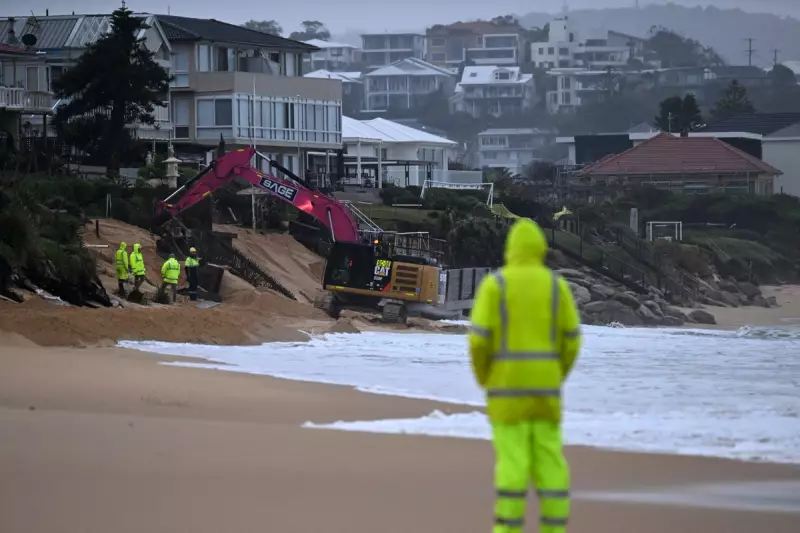
Tropical Cyclone Fina has unleashed destruction across northern Australia, leaving thousands of residents without electricity and causing significant damage to homes and infrastructure. The severe weather system intensified into a category-three cyclone as it swept through the Northern Territory's Top End.
Widespread Power Outages and Damage
Approximately 19,000 customers lost power in Darwin, a city of 140,000 people that serves as a major northern garrison for Australia's armed forces. The cyclone caused extensive damage to power lines, residential properties and local roads as it passed through the region with wind gusts reaching around 205kmph.
Chief Minister Lia Finocchiaro confirmed the scale of the disruption, stating: "This cyclone saw a territory that was united and prepared for what was to come." Emergency services have urged residents to avoid fallen power lines while damage assessments continue throughout the affected areas.
Darwin International Airport remained closed after shutting down as a precautionary measure on Saturday. Airport authorities confirmed they are "working to re-establish operations as soon as it is safe to do so."
Memories of Past Cyclones Revived
For many Darwin residents, Cyclone Fina brought back traumatic memories of Cyclone Tracy, the catastrophic 1974 storm that destroyed most of the city on Christmas Day and claimed 66 lives. According to local broadcaster ABC, Fina represents the strongest cyclone to affect Darwin since that devastating event.
Laurent Marsch, a New Zealander living in Darwin, described experiencing a "very, very stormy night" and witnessing significant damage near the Royal Darwin Hospital in the northern suburb of Tiwi. "This is the first cyclone we've had in six years," he told RNZ. "This one started at category two and then intensified to a category three overnight."
The cyclone has since moved over open water in the Timor Sea, with forecasters predicting it will maintain its strength as it tracks west towards Western Australia. Authorities have issued warnings for communities from Wadeye in the Northern Territory to remote settlements along the Kimberley coast.
Second Storm Hits South Australia
While northern Australia battled Cyclone Fina, a separate violent weather system struck the South Australian town of Port Pirie late on Saturday. The sudden thunderstorm brought hail, destructive winds and extensive power failures to the region.
The State Emergency Service received 170 calls for assistance within half a day after wind gusts of up to 119kmph toppled trees and ripped roofs from buildings. Kirsty Phelps, the SES acting chief officer, reported that 165 volunteers had been deployed following approximately 350 call-outs.
South Australia's Premier, Peter Malinauskas, described the storm cell as "sudden" and "not anticipated by the Bureau of Meteorology." He emphasised that "this was a severe storm, it is a demonstration that mother nature can be very unpredictable."
SA Power Networks, the state's electricity provider, reported that around 4,900 households lost power at the peak of the outages. Cecilia Schutz, the company's external affairs manager, confirmed that roughly 50 power lines were brought down and more than a dozen poles were "either pushed over or completely brought out of the ground."
Port Pirie resident Angela Lewis shared her harrowing experience, revealing that her ceiling collapsed shortly after she entered a flooded room. "Luckily, I took a step back to get a long shot, and the ceiling collapsed, so it just missed me. It missed me by about a foot," she told ABC News. She described hail reaching her husband's ankles and water pouring through light fittings during the storm that lasted just 10-15 minutes but caused extensive damage to her home.
Mayor Leon Stephens has asked residents to remain indoors while emergency teams work to clear roads of debris and damaged infrastructure. Meteorologist Jenny Horvat from the Bureau of Meteorology noted that thunderstorms moved across South Australia from west to east throughout Saturday, with the Adelaide metropolitan area receiving 20-40mm of rain overnight.
Fortunately, no injuries have been reported in either storm system so far. Repair crews continue working to restore power and clear damage across both affected regions.





